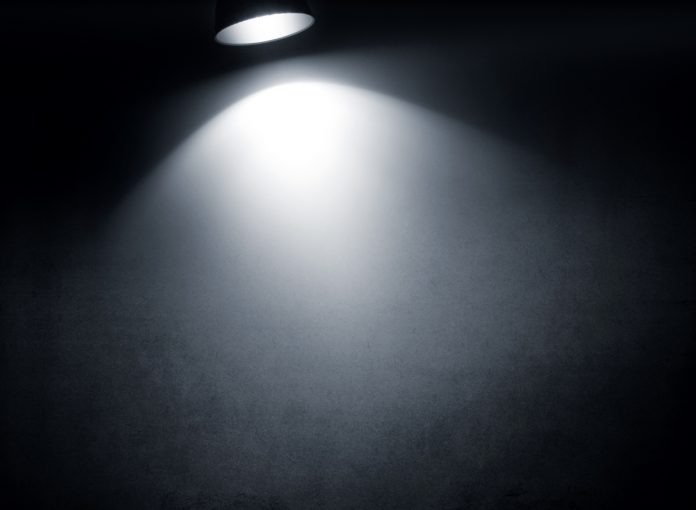
John Cavadini, writing at Notre Dame’s Church Life Journal, in an article, “Guidelines for Any Appropriate Response to the Catholic Abuse Crisis,” offers a fine catechesis on what the Church truly is. Be sure to read the whole thing. He also offers suggestions on what structures might benefit the Church moving forward to combat the sex abuse scandals —structures whereby both laity and clergy share some co-responsibility to care for and lead the Church in the coming years.
Below, John Cavadini encourages readers to deal confidently with the devil’s tactics that might otherwise lead to despair when it comes to confronting the evil connected to the scandals:
[O]ur faith, gives us the ability … to look squarely at the evil that has been disclosed, on the one hand, and, on the other hand, not to be dismayed or separated from the mystery of the Church, because the mystery of the Church is the self-giving love of Christ which provides the bonds of communion that make the Church, and “nothing can separate us from the love of Christ” (cf. Rom. 8.31-39).
*
In other words, we can afford to look squarely at the evil because we know it cannot make void the Cross, the love which makes the Church, or the beauty of any truth she has handed down. Under this rubric comes the need for investigation of corruption in Church leadership by sober-minded panels duly authorized for this role by the bishops themselves. No evil will be healed unless it is surfaced and made visible. This is part of the purification of a Church always in need of purification, constantly “following the path of penance and renewal” (Lumen Gentium §8).
*
But looking squarely at evil has the risk of getting stuck there. The devil’s strategy is always to get us not just to look squarely at evil, but to stare, to keep looking, obsessively, until we feel dismayed, disillusioned and dispirited, so much so that we feel paralyzed, powerless, and everything seems pointless, and we slip into despair. Or we may get so angry that we end up destroying something we love, and not even care! Or else we will just develop a hardness of heart towards the Church that will drive out our gratitude for the gift of faith and beauty, and so just drift away to the secular culture.
John Cavadini is the McGrath-Cavadini Director of the Institute for Church Life and a professor in the department of theology at the University of Notre Dame.
[Read the rest.]
Pat Gohn is the editor of Catechist magazine and Catechist.com.




